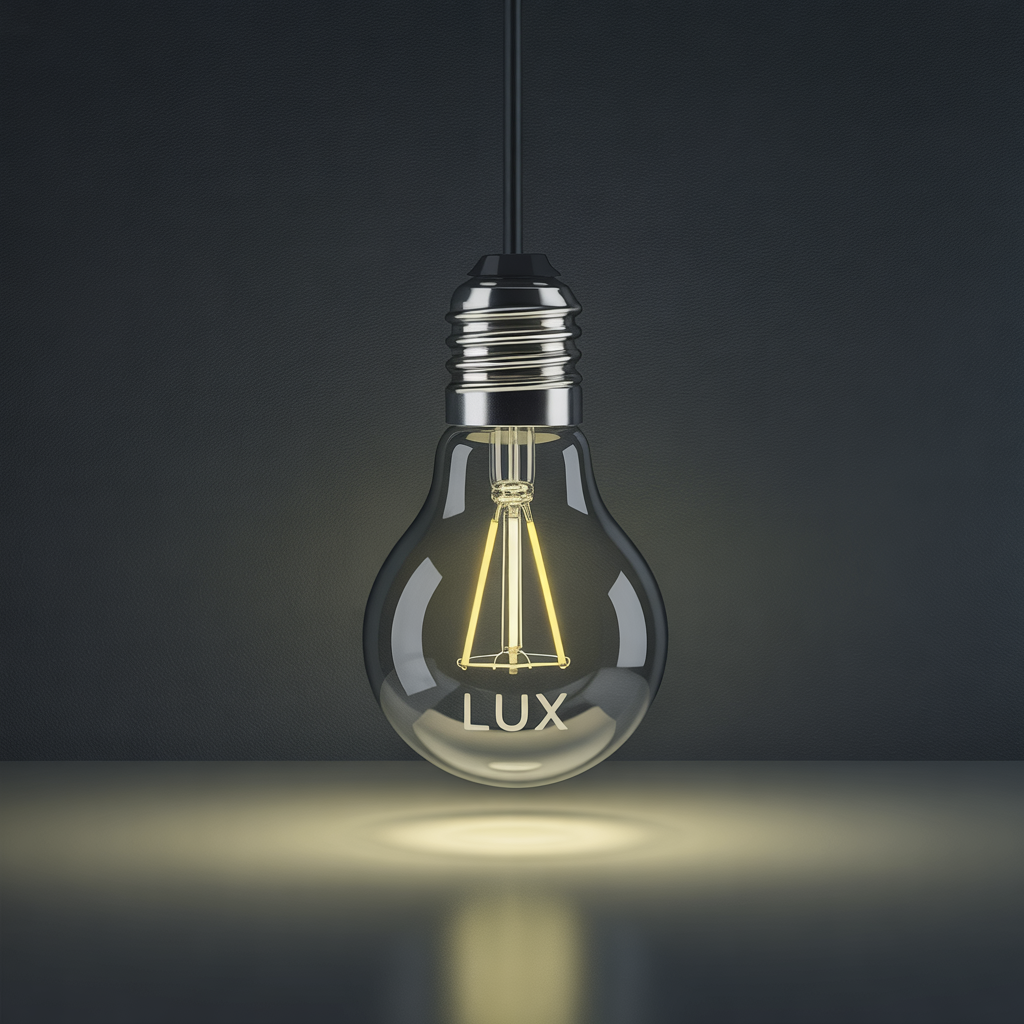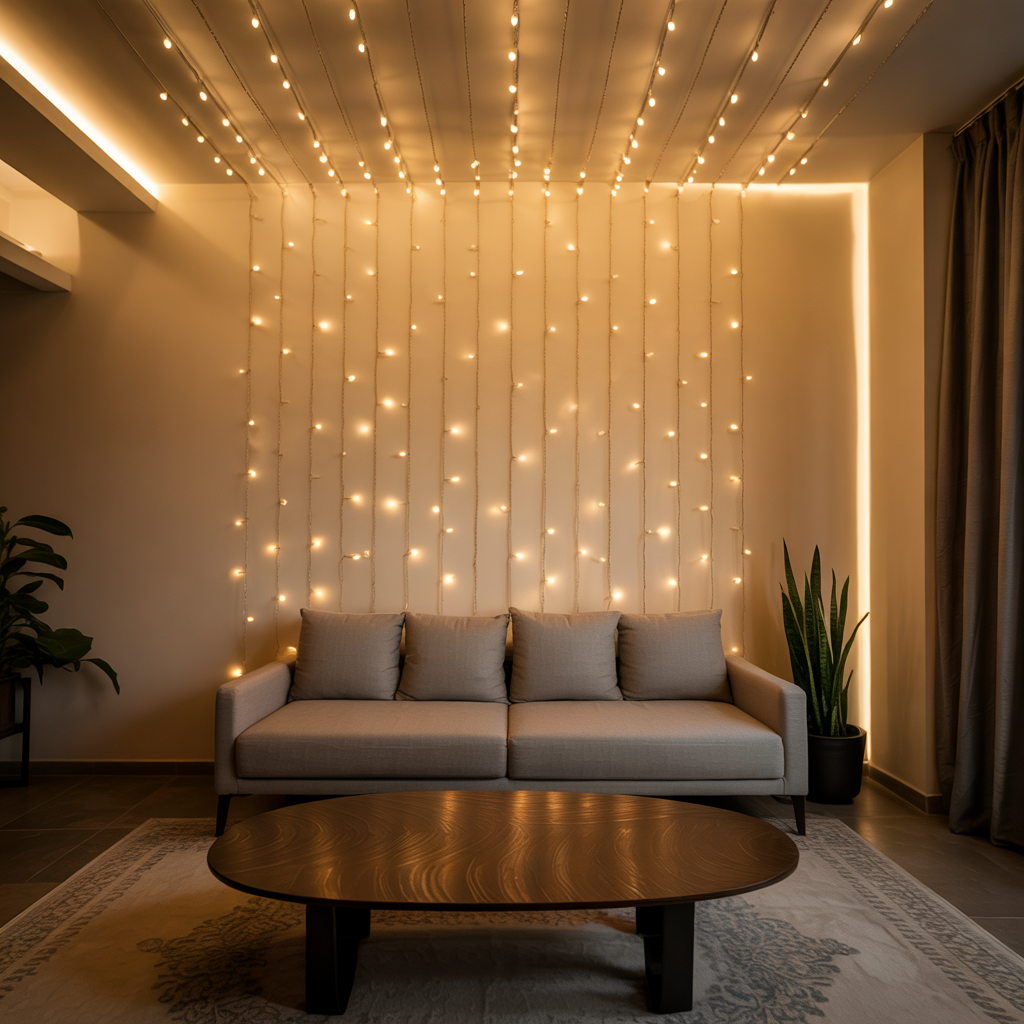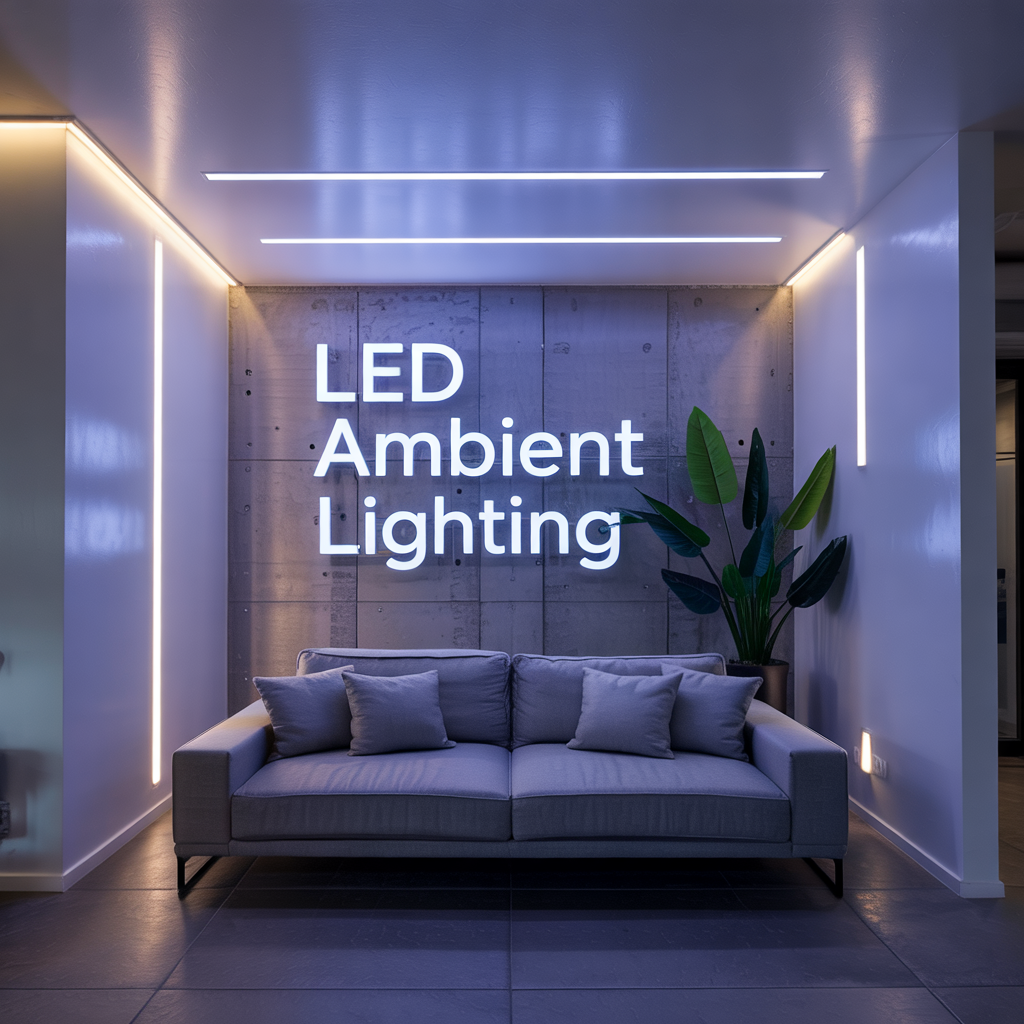LED Lighting Costs: How Much Are LED Lights?
How much are LED lights? LED lights range from $2 for basic bulbs to $50 or more for smart or specialty fixtures. Standard A19 bulbs cost around $3–$10 each. LED strip lights typically range from $10 to $30, while high-end recessed or ceiling LEDs can cost between $20 and $100. LED stands for Light Emitting…
How much are LED lights? LED lights range from $2 for basic bulbs to $50 or more for smart or specialty fixtures. Standard A19 bulbs cost around $3–$10 each. LED strip lights typically range from $10 to $30, while high-end recessed or ceiling LEDs can cost between $20 and $100.
LED stands for Light Emitting Diode. Unlike incandescent bulbs that produce light through heat, LEDs generate light by passing an electrical current through a semiconductor material. This process is far more energy-efficient.
How Much Are LED Lights?
LED lights are available in a wide price range depending on the type, brightness, and features. Basic LED bulbs usually cost between $2 and $10, while smart LED bulbs with app control or color-changing features range from $15 to $50. LED strip lights typically fall between $10 and $30 per set. For ceiling fixtures or recessed lighting, prices can vary from $20 to over $100 depending on design and brand. Although the initial cost may be higher than traditional lighting, LEDs save money in the long run through energy efficiency and longer lifespan, making them a cost-effective choice overall.
Read More: Can LEDs Emit UVC Spectrum Light? Understanding UVC LEDs And Their Applications
The market offers a wide variety of LED bulbs. We have:

-
- A-shaped bulbs:
These are the most common replacements for traditional incandescent bulbs, fitting most existing fixtures.
- BR/PAR bulbs: These are reflector bulbs, often used in recessed or track lighting, providing directional light.
- MR16 bulbs: Compact, low-voltage bulbs typically used in recessed or track lighting.
- Globe bulbs: These offer a wide, soft light and are often used in decorative fixtures.
- Candle bulbs: These resemble traditional candle flames and are popular for chandeliers and wall sconces.
- A-shaped bulbs:
Read More: Troubleshooting Flickering LED Lights: Why Are My LED Lights Flashing?
Factors Affecting the Cost of LED Lights
Wattage and Brightness
Higher wattage LEDs generally cost more, but they also produce more lumens (a measure of brightness). A 60-watt equivalent LED will typically be more expensive than a 40-watt equivalent.
Features and Technology
Features like dimmability, color temperature adjustability (warm white, cool white), and smart home integration add to the cost. Smart bulbs, which can be controlled via smartphone apps, are typically more expensive than standard LEDs.
Brand and Quality
Established brands with a reputation for quality and reliability often command higher prices than lesser-known brands. While it’s tempting to go for the cheapest option, investing in a reputable brand can ensure longer lifespan and better performance.
Bulb Size and Shape
Unusual or specialized bulb sizes and shapes can be more expensive due to lower production volumes.
Read More: 15 Foyer Lighting Ideas High Ceilings: Captivating Designs
Cost Comparison: LED vs. Other Lighting Options

LED vs. Incandescent
While incandescent bulbs are initially cheaper, their high energy consumption makes them far more expensive in the long run. LEDs consume significantly less energy and last much longer.
LED vs. CFL
CFLs (Compact Fluorescent Lamps) were once a popular energy-efficient alternative, but LEDs are now generally more cost-effective due to lower energy usage and longer lifespan. CFLs also contain mercury, posing environmental concerns.
LED vs. Halogen
Halogen bulbs are brighter and more efficient than incandescent bulbs but still consume more energy than LEDs and have shorter lifespans. LEDs remain the most energy-efficient and long-lasting option.
Calculating the Long-Term Cost Savings
Energy Consumption and Savings
Calculating the energy savings can show the true cost-effectiveness of LEDs. Consider the wattage of the bulb, its daily usage, and your electricity rate. A simple online calculator can help determine annual savings.
Lifespan and Replacement Costs
LEDs boast significantly longer lifespans (25,000 to 50,000 hours) compared to incandescent or CFL bulbs. This reduces the frequency of replacements, resulting in long-term cost savings.
Where to Buy LED Lights

Online Retailers
Amazon, Home Depot, and Lowe’s offer wide selections of LEDs at various price points. Online retailers often provide detailed product information and customer reviews.
Local Hardware Stores
Local hardware stores offer personalized service and allow for in-person examination of the bulbs. This can be beneficial if you have specific requirements or need expert advice.
Specialty Lighting Stores
Specialty lighting stores cater to specific needs, often carrying high-end and specialized LED options. They may offer professional lighting design services.
Installation and Considerations
Easy Installation for Most Bulbs
Most LED bulbs are easily installed, simply screwing into existing fixtures. However, some specialized bulbs or installations might require professional help.
Compatibility with Existing Fixtures
Ensure the LED bulb’s base type (e.g., E26, E12) matches your fixture’s socket. Dimmability should also be checked if you plan to use a dimmer switch.
Potential Wiring Issues
In some cases, older wiring might not be compatible with LEDs, potentially causing flickering or other issues. Consulting an electrician might be necessary in such instances.
Choosing the Right LED Bulbs
Lumens and Wattage Equivalents
Pay close attention to the lumens (brightness) rather than solely focusing on wattage. A 60-watt equivalent LED bulb might only consume 8-10 watts of electricity.
Color Temperature
Color temperature is measured in Kelvin (K). Lower Kelvin values (2700K-3000K) represent warmer, yellowish light, while higher values (5000K-6500K) produce cooler, bluish light.
Color Rendering Index (CRI)
CRI indicates how accurately colors appear under the LED light. A higher CRI (closer to 100) means more accurate and natural color rendering.
Advanced LED Technologies
Smart Bulbs and Home Automation
Smart bulbs allow remote control, scheduling, and integration with other smart home devices, offering added convenience and features. However, they typically come with a higher price tag.
Tunable White LEDs
Tunable white LEDs allow you to adjust the color temperature from warm to cool white, adapting the lighting to your mood and needs. This flexibility adds to the cost but enhances versatility.
LED Light Maintenance and Lifespan
Expected Lifespan and Replacement
While LEDs have a long lifespan, they eventually fail. Proper disposal is crucial, as some LEDs may contain small amounts of mercury.
Cleaning and Care
Regular cleaning of LED bulbs can improve their light output and lifespan. Avoid touching the bulb’s surface directly, as oils from your fingers can affect performance.
Frequently Asked Questions
What are the benefits of using LED lights?
LEDs offer significantly lower energy consumption compared to incandescent or CFL bulbs, resulting in substantial cost savings. They also boast a much longer lifespan, reducing the need for frequent replacements. Finally, they are environmentally friendlier due to their energy efficiency and lack of harmful chemicals like mercury (found in CFLs).
How do I choose the right LED bulb for my needs?
Consider the lumens (brightness), color temperature (warm or cool white), and CRI (color rendering index) when selecting LED bulbs. Also, ensure the bulb’s base type matches your fixture’s socket and check for features like dimmability if needed.
Are LED lights more expensive to install than other types of lighting?
The initial cost of LED bulbs might be higher than incandescent bulbs, but the long-term savings from energy efficiency and reduced replacement costs quickly offset this. Installation is generally straightforward for most bulbs, although professional help might be needed for complex setups.
Can I use LED lights with a dimmer switch?
Some LED bulbs are dimmable, while others are not. Check the packaging or product description to ensure compatibility with your dimmer switch before purchasing. Using a non-dimmable LED with a dimmer could damage the bulb or the dimmer switch.
How do I dispose of old LED bulbs?
Check with your local waste management authority for proper disposal instructions. Many recycling centers accept used LED bulbs.
Final Thoughts
Choosing LED lighting is an investment that pays off handsomely in the long run. While the initial cost might seem higher compared to traditional lighting options, the energy efficiency, longer lifespan, and environmental benefits far outweigh this. By understanding the factors influencing the cost of LED lights, you can make informed decisions to find the perfect balance between budget and performance. Remember to consider your individual needs, preferences, and budget when selecting the right LED bulbs for your home or business. Consider exploring the various options available online and in local stores to find the best deals. The long-term savings and improved lighting quality will make the switch well worth the effort.

